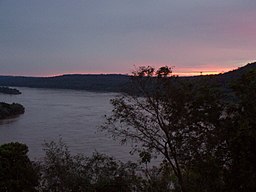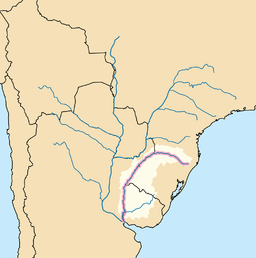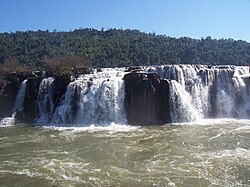I really do not have much time to talk today. I had lot to do and very little time to do it, I just have a couple of minutes to talk you all.
I am doing much better than I was. I just had been spoiled to for the last couple of months being with very experinced missionaries, but I am over it and we are doing just fine here in São Borja.
São Borja is a city in the Brazilian state of Rio Grande do Sul. São Borja is the oldest municipality in the Brazilian state of Rio Grande do Sul and was founded in 1682 by the Jesuits as the first of the Seven Points of the Missions. It is situated on the Western Frontier of Rio Grande do Sul on the border with Argentina which is defined by the Uruguai river.
São Borja is known as the Land of the Presidents as it is the birthplace of two Brazilian Presidents: Getúlio Vargas (1883–1954) and João Goulart (1918–1976).



My companion and I saw the river today, and we thought to ourselves, wow, this girl wants to get baptized in that filth. It is not the cleanest place on earth. It is darker than the Wabash to give you an idea. But she insisits that the river is the only way.
I am doing fine here. We are teaching alot, and we are trying to get the members involved in the work. They are helping out alot. I discoverd that also that they is nothing open at lunch time here in our neck of the city. We will have to go to eat in the center of the city when we want to eat from now on.
I love you all, and hope you all are doing well.
Love,
Elder Caleb S. Carriere





